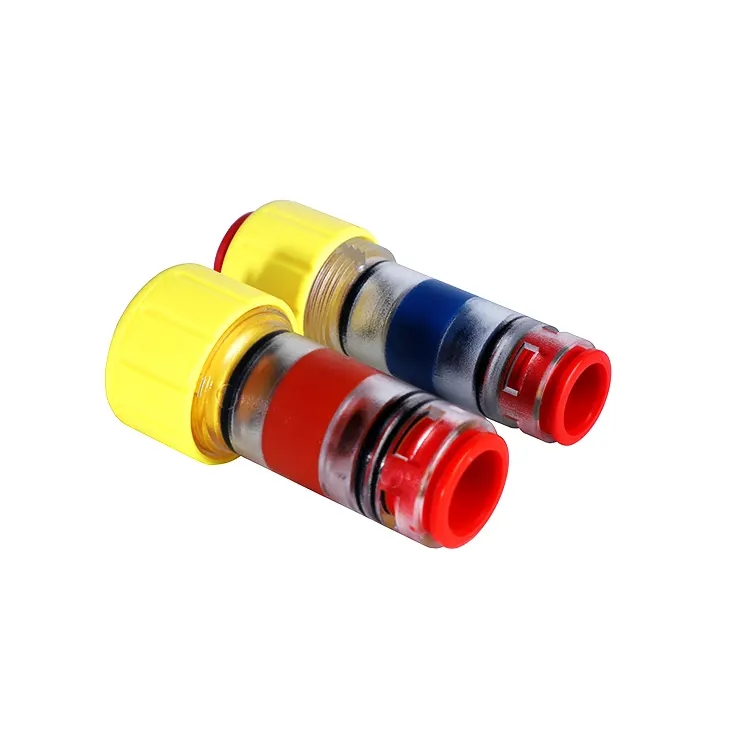Key aspects of FTTH optic fiber connectors
2023-10-18
FTTH (Fiber to the Home) optic fiber connectors are specialized components used in fiber optic networks to connect optical fibers directly to individual homes or buildings. FTTH is a broadband network architecture that brings high-speed internet, telephone, and television services directly to residential and commercial properties using optical fiber technology. FTTH connectors play a critical role in ensuring reliable and efficient data transmission between the network and the end-user's devices.
Here are key aspects of FTTH optic fiber connectors:
1. Connector Types: FTTH connectors come in various types, each designed for specific installation scenarios and cable configurations. Common connector types include SC (Subscriber Connector), LC (Lucent Connector), and APC (Angled Physical Contact) connectors.
2. Low Loss and High Performance: FTTH connectors are designed to provide low insertion loss and low return loss, ensuring minimal signal degradation and optimal data transmission performance.
3. Easy Installation: FTTH connectors are designed to be user-friendly and easy to install, making them suitable for deployment by service providers and technicians during FTTH installations.
4. Reliable Connection: Properly installed FTTH connectors create a secure and reliable connection between the optical fiber cables and the termination points in homes or buildings.
5. Compact Size: FTTH connectors are often compact and lightweight, designed to fit within the limited space available in indoor termination boxes and customer premises equipment.
6. End-Face Quality: The end-face quality of FTTH connectors is crucial for achieving low signal loss and maintaining optimal connection quality. Clean and polished end-faces ensure efficient light transmission.
7. Compatibility: FTTH connectors need to be compatible with the specific type of optical fiber being used in the network, as well as with the customer premises equipment.
8. SC and LC Connectors: SC and LC connectors are popular choices for FTTH applications due to their compact size and ease of installation. SC connectors use a push-pull mechanism, while LC connectors are smaller and utilize a latch mechanism.
9. APC Connectors: APC connectors feature an angled end-face, which reduces the amount of reflected light and improves signal quality in certain scenarios, making them suitable for high-performance FTTH networks.
10. Protection and Durability: FTTH connectors may come with dust caps or protective covers to prevent contamination of the connector's end-face and ensure long-term reliability.
11. Testing and Verification: After installation, FTTH connectors are often tested and verified using optical power meters and visual inspection tools to ensure proper signal strength and connection quality.
FTTH optic fiber connectors are integral components of modern broadband networks, enabling high-speed data transmission to homes and businesses. Their design and performance directly impact the quality of communication services delivered to end-users.



